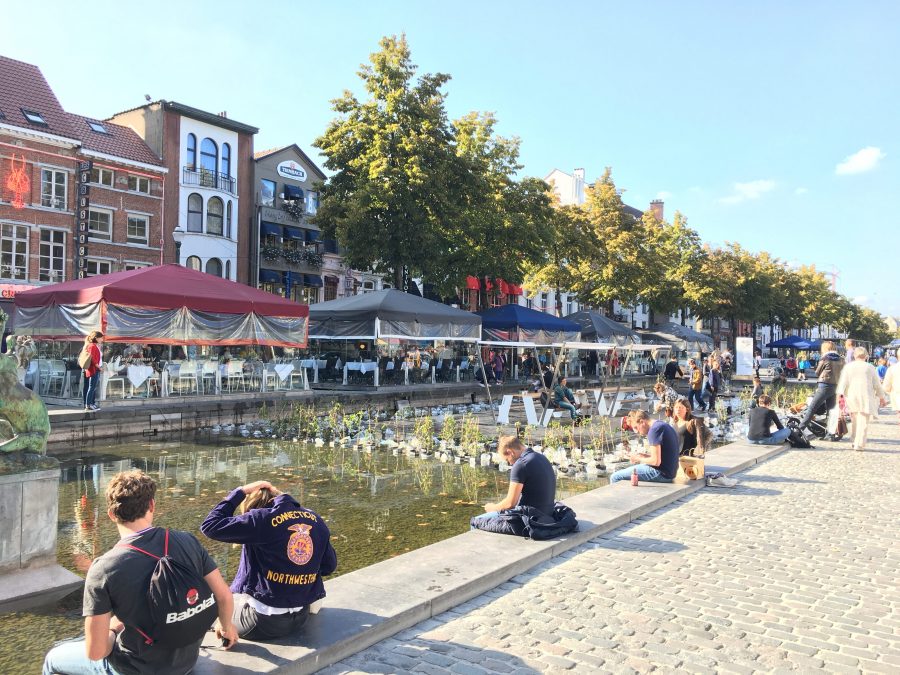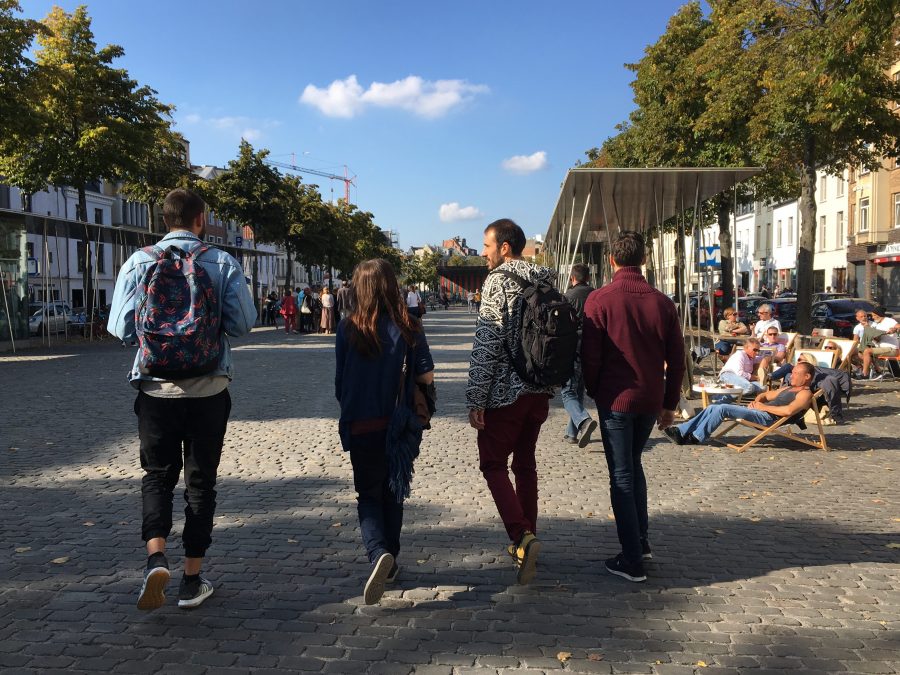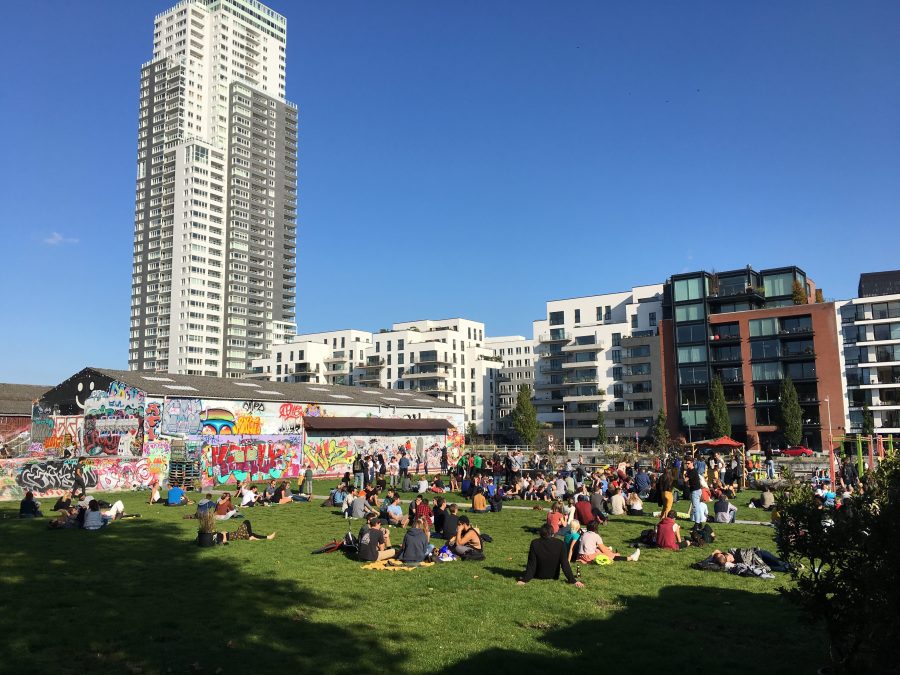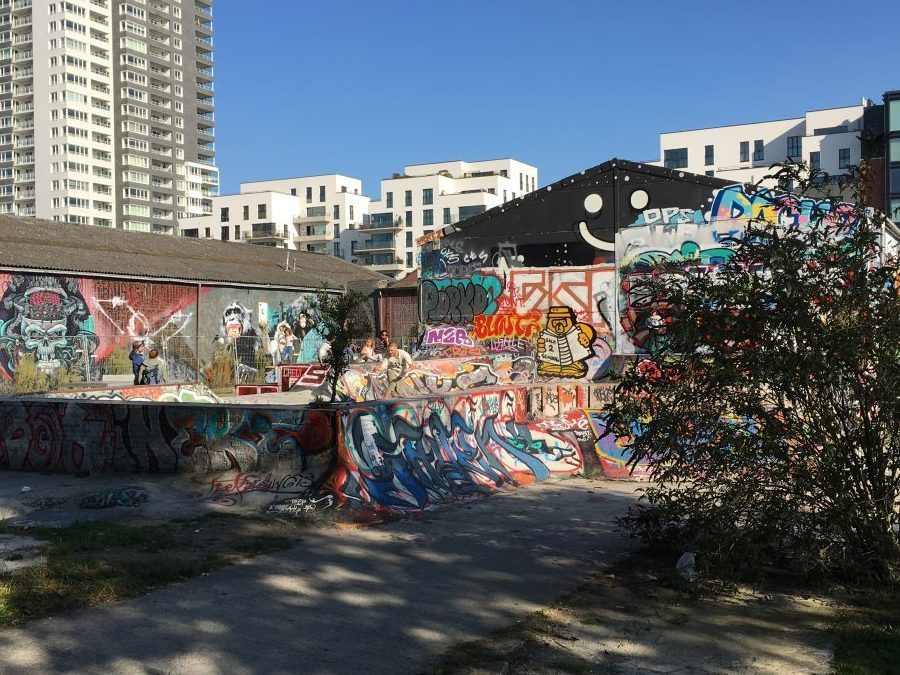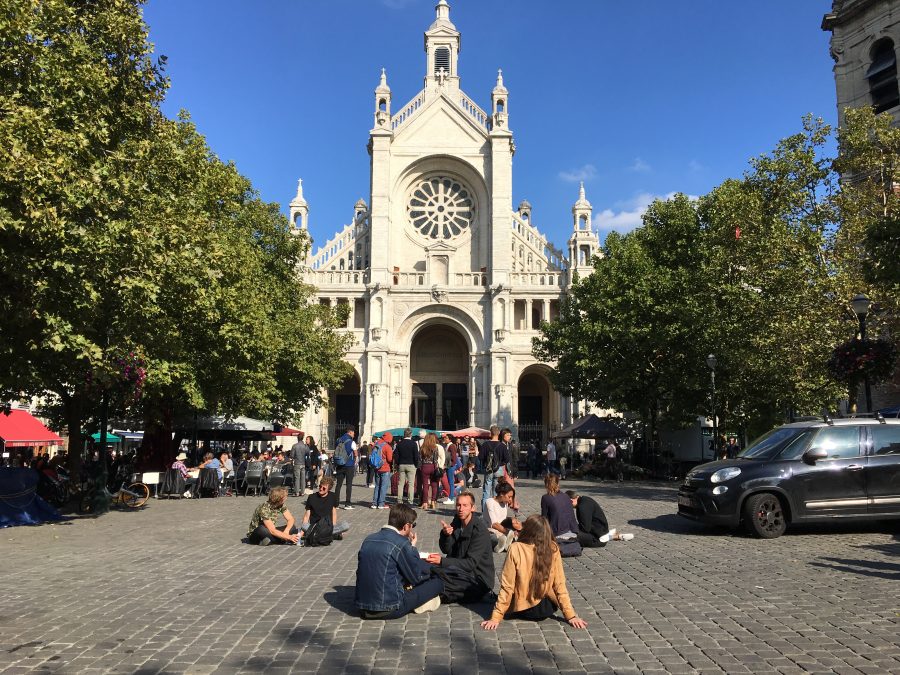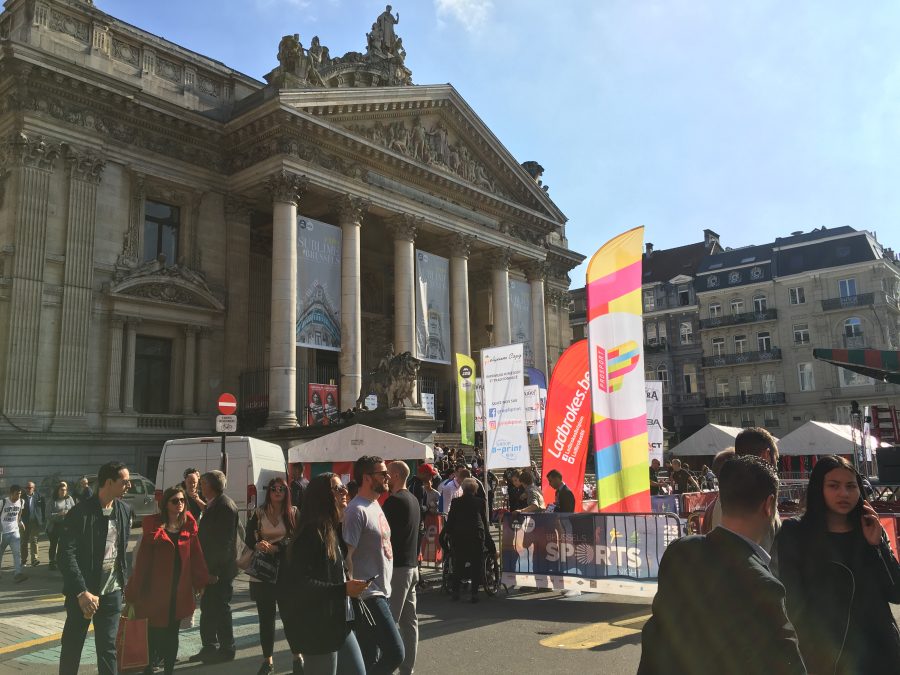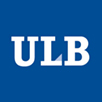For the past three years, on the penultimate weekend of September, 4CITIES alumni have travelled from all over the world to join the new graduates and first year students for a celebratory weekend of sharing beer, fries, and stories in Brussels. This has been the essence of our September Salon. However, each year we try to use the energy of such a strong presence of 4Citizens to do something more – to create a setting in which we can learn from each other, invite lecturers with expertise on critical urban issues, or take a look at our own urban explorations from a different angle. The following article is part one of a two part series.
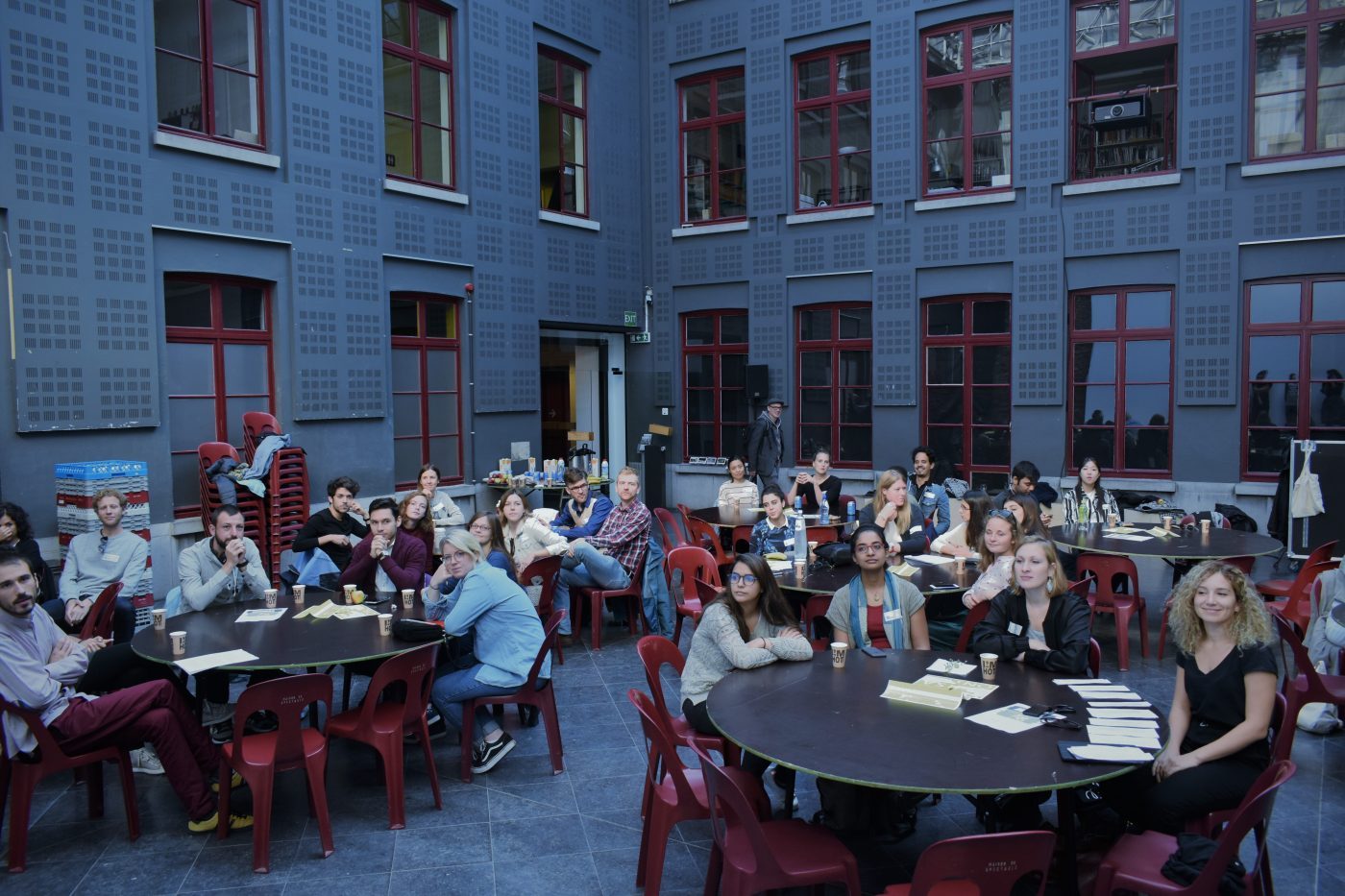
This year’s September Salon was inspired by Italo Calvino’s classic text Invisible Cities and the excellent related projects of zURBS, a social-artistic urban laboratory co-founded by two 4CITIES alumni. The amazing ladies of zURBS were working in Copenhagen during the September Salon and thus unable to attend, but we tried to capture a bit of their spirit by connecting the ideas developed in 4CITIES theses with post-graduation projects and, broadly, urban exploration & discovery (Field Notes will feature the September Salon presentations of alumni Anja Petrovic from Cohort 06 and Predrag Milic & Viktor Hildebrandt from Cohort 07 in an upcoming article).
Our starting point was the perspective that there is no such thing as “the city” or even “Brussels”, as each city contains a multitude of cities, a thousand different Brussels exist in the same place at the same time, and all of these are built on thousands of other Brussels both real and imagined. As a city that defies easy identifications, Brussels is an ideal site for urban exploration and the discovery of the fantastic, the impossible, and the hidden-in-plain-view.
4CITIES students and alumni who participated in this game were organized into small groups that mixed members from different cohorts, given one of Calvino’s short texts from Invisible Cities, paired with an alumni guide, and sent out into the city to get to know Brussels all over again. Each group was asked to produce a handful of photos and audio recordings explaining their thought process. The results of the first five out of ten groups are presented below as the official closing of the 2017 September Salon. You will find the name of each group (taken from its Calvino city), a list of group members, an excerpt from Calvino’s text, and photos and audio clips from the group’s exploration. If you have not done so already, or if it has been a while since the last time, we hope you will give this incredible book a read and enjoy discovering the visible and invisible wonders of joint human endeavors in all cities of the world.
01 Zirma
- Eva Esnerova (Guide, Cohort 07), Ognjen Sobat (C6), Marcus Stevenson (C10), Francesa Spigarolo (C10), Serafina van Godtsenhoven (C10)
Notes on Looking for Zirma in Brussels:
“Travelers return from the city of Zirma with distinct memories: a blind black man shouting in the crowd, a lunatic teetering on a skyscraper’s cornice, a girl walking with a puma on a leash. Actually many of the blind men who tap their canes on Zirma’s cobblestones are black; in every skyscraper there is someone going mad; all lunatics spend hours on cornices; there is no puma that some girl does not raise, as a whim. The city is redundant: it repeats itself so that something will stick in the mind.
“I too am returning from Zirma: my memory includes dirigibles flying in all directions, at window level; streets of shops where tattoos are drawn on sailors’ skin; underground trains crammed with obese women suffering from the humidity. My traveling companions, on the other hand, swear they saw only one dirigible hovering among the city’s spires, only one tattoo artist arranging needles and inks and pierced patterns on his bench, only one fat woman fanning herself on a train’s platform. Memory is redundant: it repeats signs so that the city can begin to exist.”





Notes on Finding Zirma in Brussels:
02 Thekla
- Kieran Toms (Guide, Cohort 05) Boris Feron (C4), Pepijn Kennis (C5), Mashiat Murtaza (C9), Sloane Pretto (C10)
Notes on Looking for Thekla in Brussels:
“Those who arrive at Thekla can see little of the city beyond the plank fences, the sackcloth screens, the scaffoldings, the metal armatures, the wooden catwalks hanging from ropes or supported by sawhorses, the ladders, the trestles. If you ask, ‘Why is Thekla’s construction taking such a long time?’ the inhabitants continue hoisting sacks, lowering leaded strings, moving long brushes up and down, as they answer, ‘So that its destruction cannot begin.’ And if asked whether they fear that, once the scaffoldings are removed, the city may begin to crumble and fall to pieces, they add hastily, in a whisper, ‘Not only the city.’
“If, dissatisfied with the answers, someone puts his eye to a crack in a fence, he sees cranes pulling up other cranes, scaffoldings that embrace other scaffoldings, beams that prop up other beams. ‘What meaning does your construction have?’ he asks. ‘What is the aim of a city under construction unless it is a city? Where is the plan you are following, the blueprint?’
“‘We will show it to you as soon as the working day is over; we cannot interrupt our work now,’ they answer.
“Work stops at sunset. Darkness falls over the building site. The sky is filled with stars. ‘There is the blueprint,’ they say.”
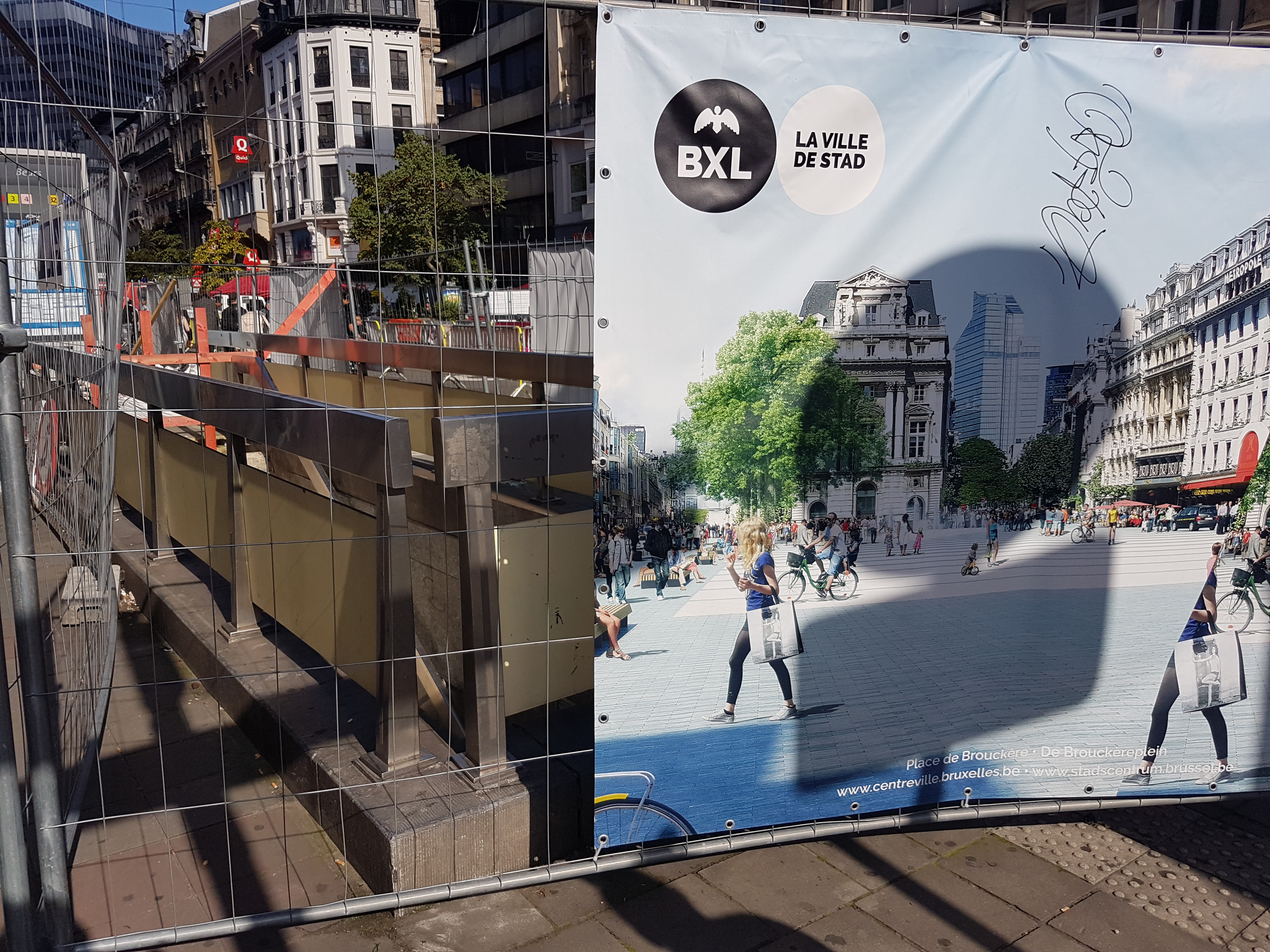
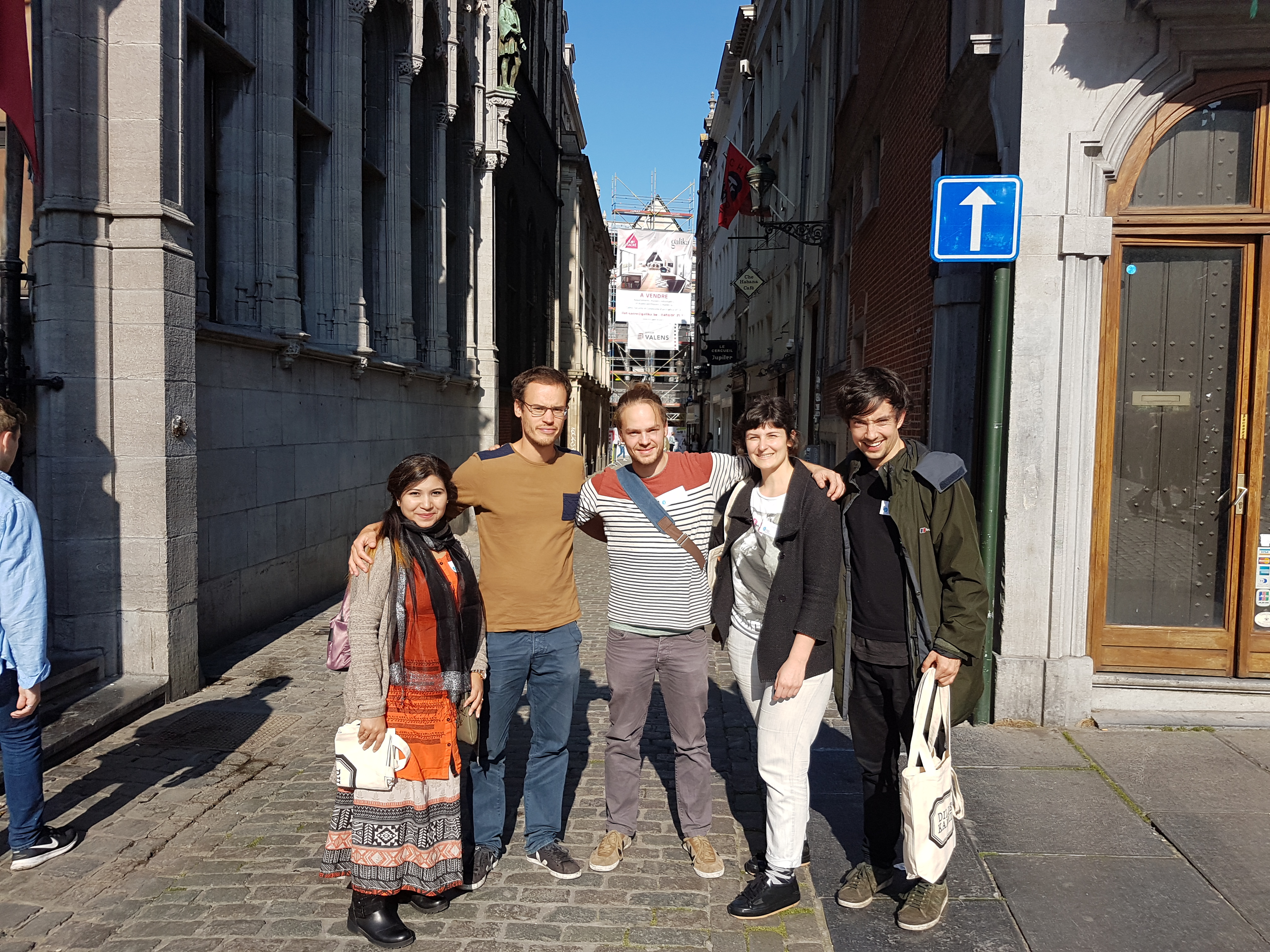
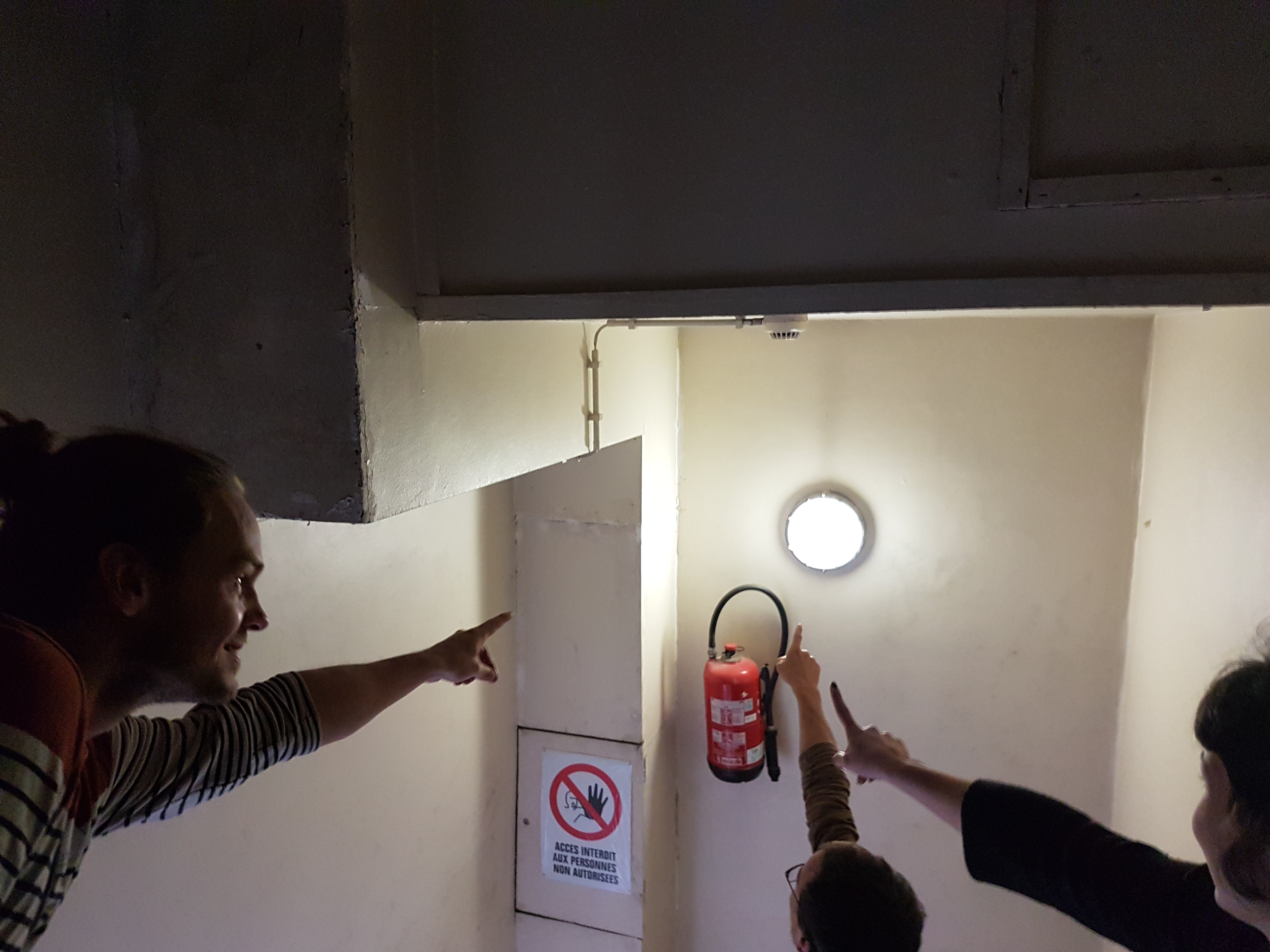
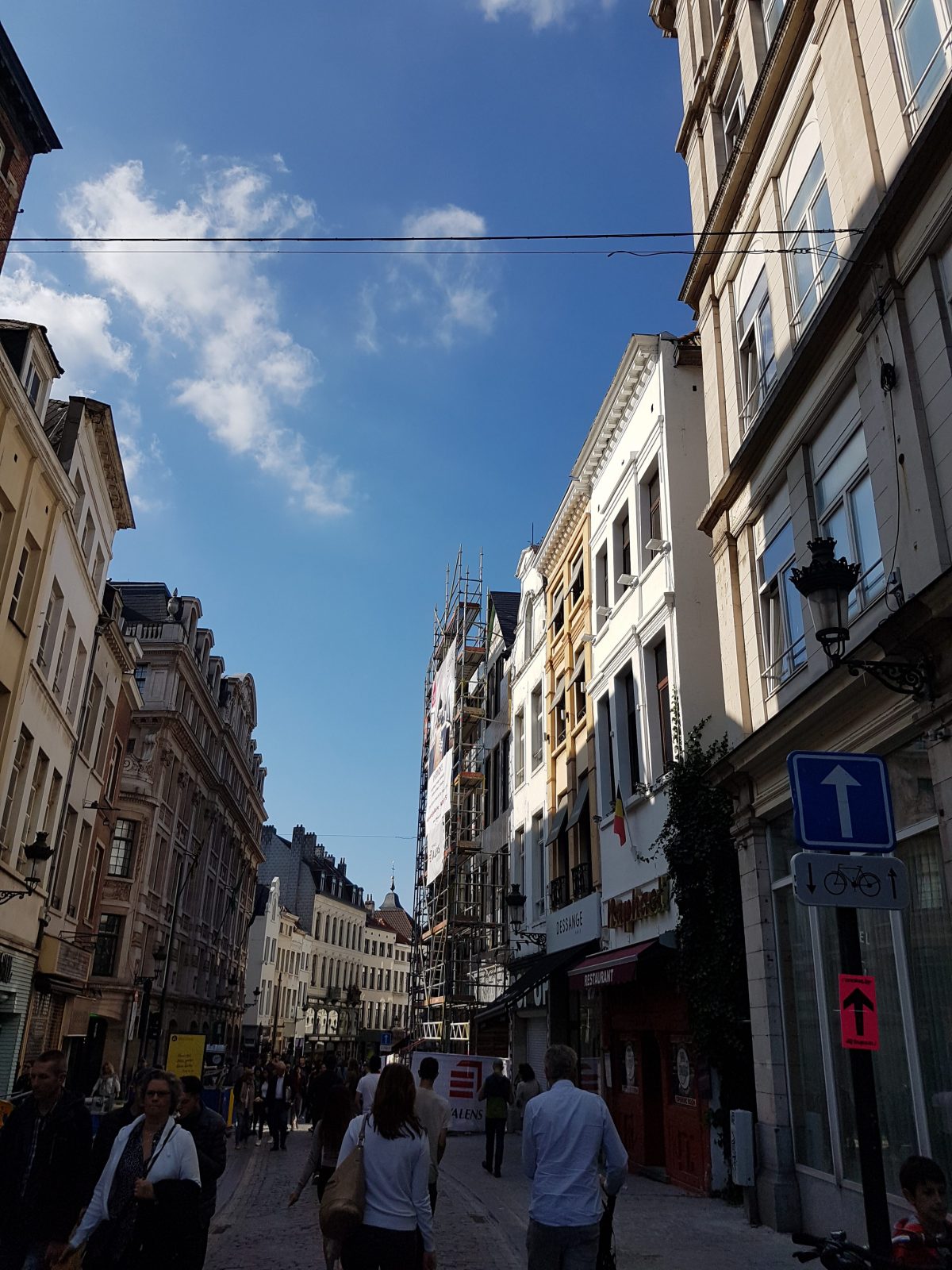
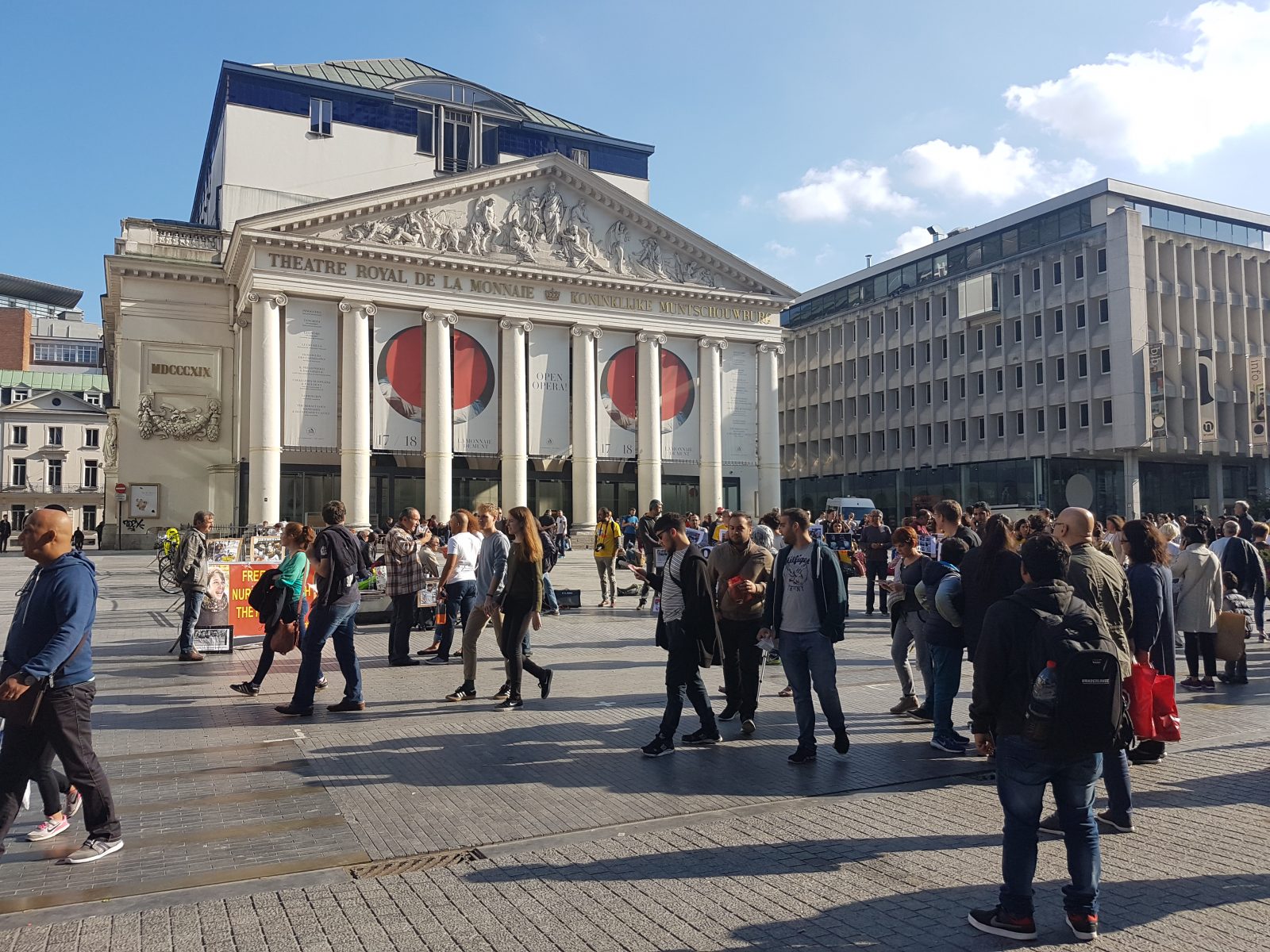
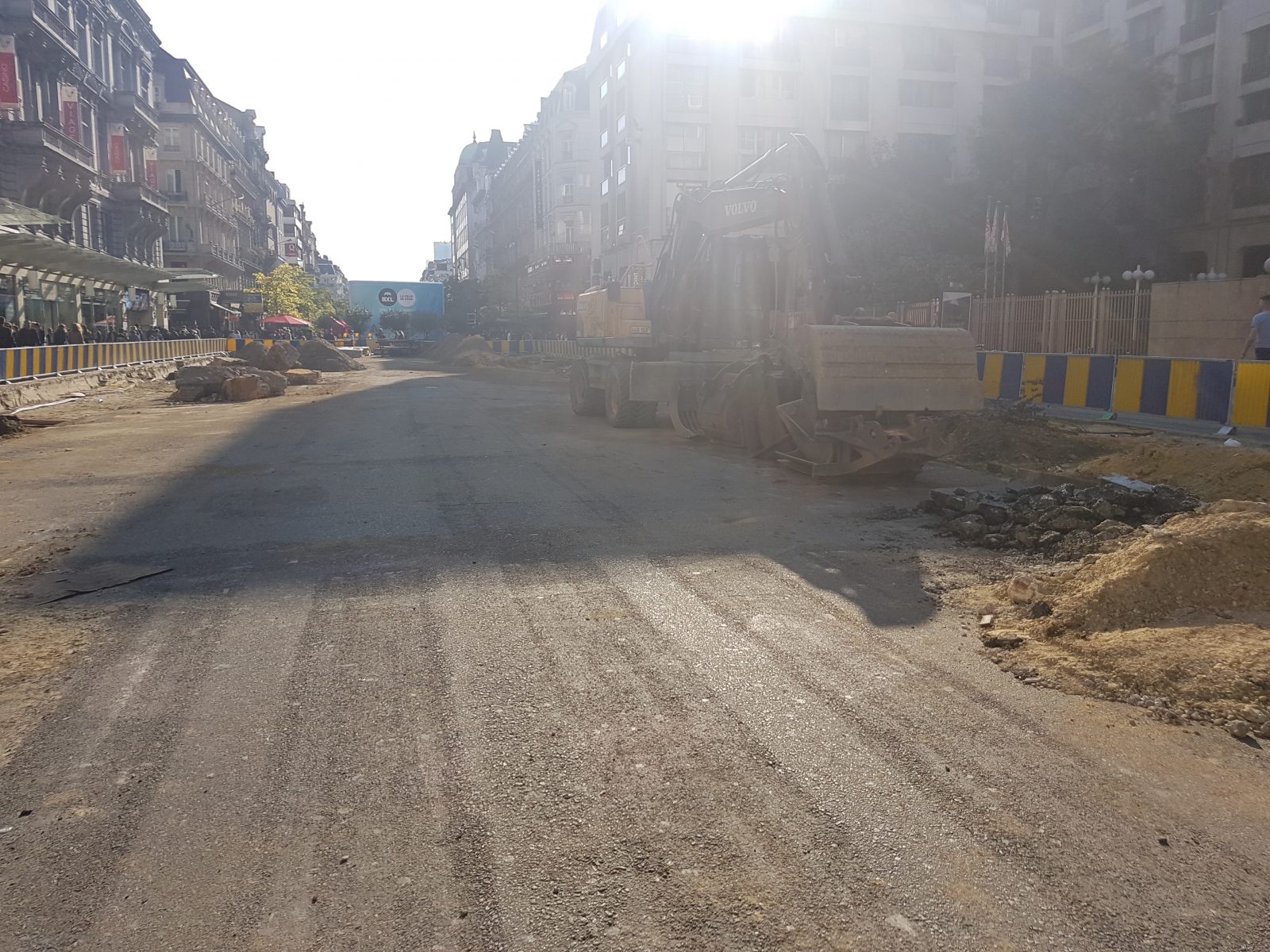
Notes on Finding Thekla in Brussels:
03 Trude
- Devon Willis (Guide, Cohort 06), Anne-Linde van Gameren (C5), Jeremy Vyse (C6), Victoria Campbell (C10), Alexandra Tarkhanova (C10), Ignasi Gaeta (C10)
Notes on Looking for Trude in Brussels:
“If on arriving at Trude I had not read the city’s name written in big letters, I would have thought I was landing at the same airport from which I had taken off. The suburbs they drove me through were no different from the others, with the same little greenish and yellowish houses. Following the same signs we swung around the same flower beds in the same squares. The downtown streets displayed goods, packages, signs that had not changed at all. This was the first time I had come to Trude, but I already knew the hotel where I happened to be lodged; I had already heard and spoken my dialogues with the buyers and sellers of hardware; I had ended other days identically, looking through the same goblets at the same swaying navels.
“Why come to Trude? I asked myself. And I already wanted to leave.
“‘You can resume your flight whenever you like,’ they said to me, ‘but you will arrive at another Trude, absolutely the same, detail by detail. The world is covered by a sole Trude which does not begin and does not end. Only the name of the airport changes.'”
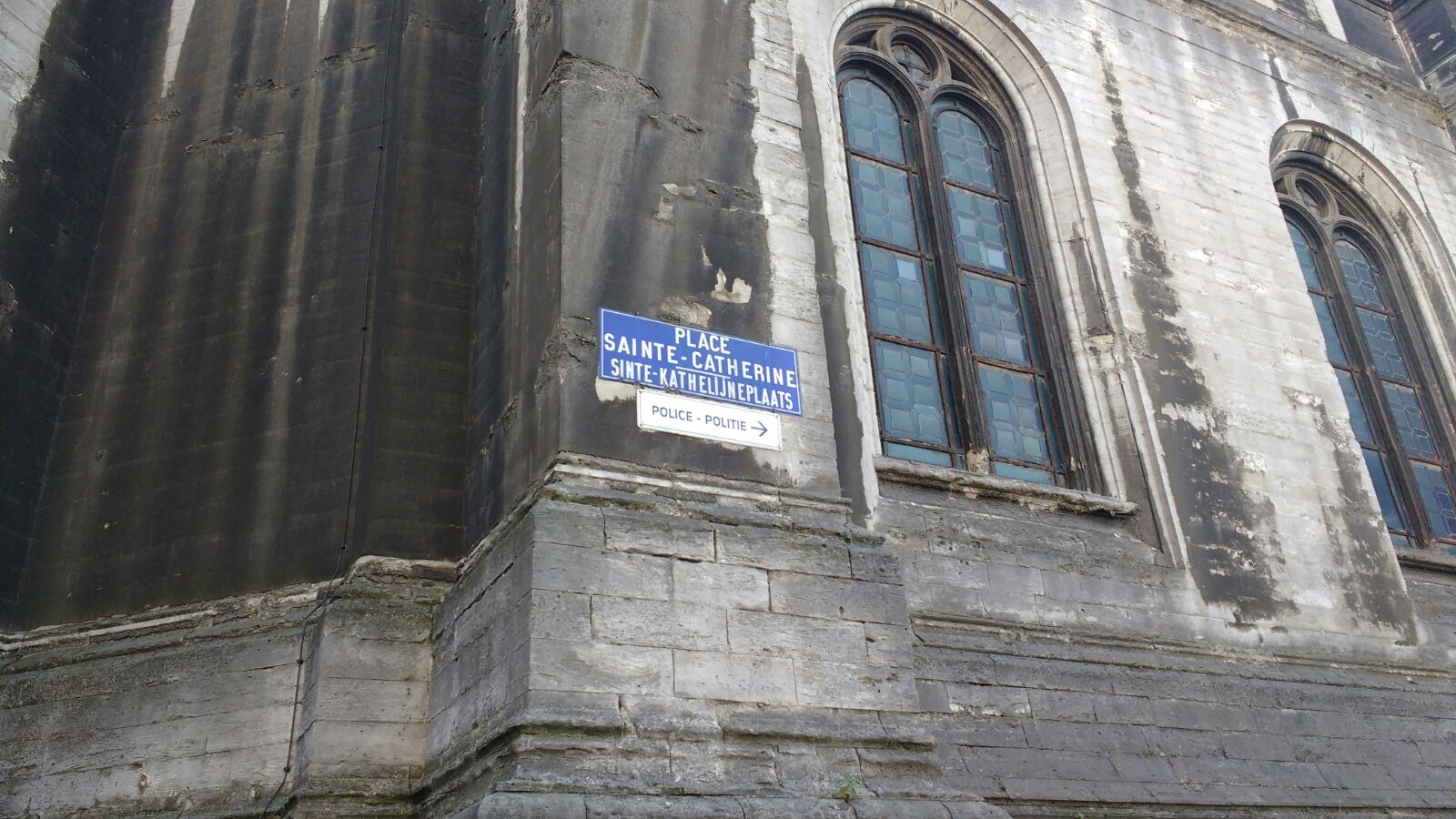
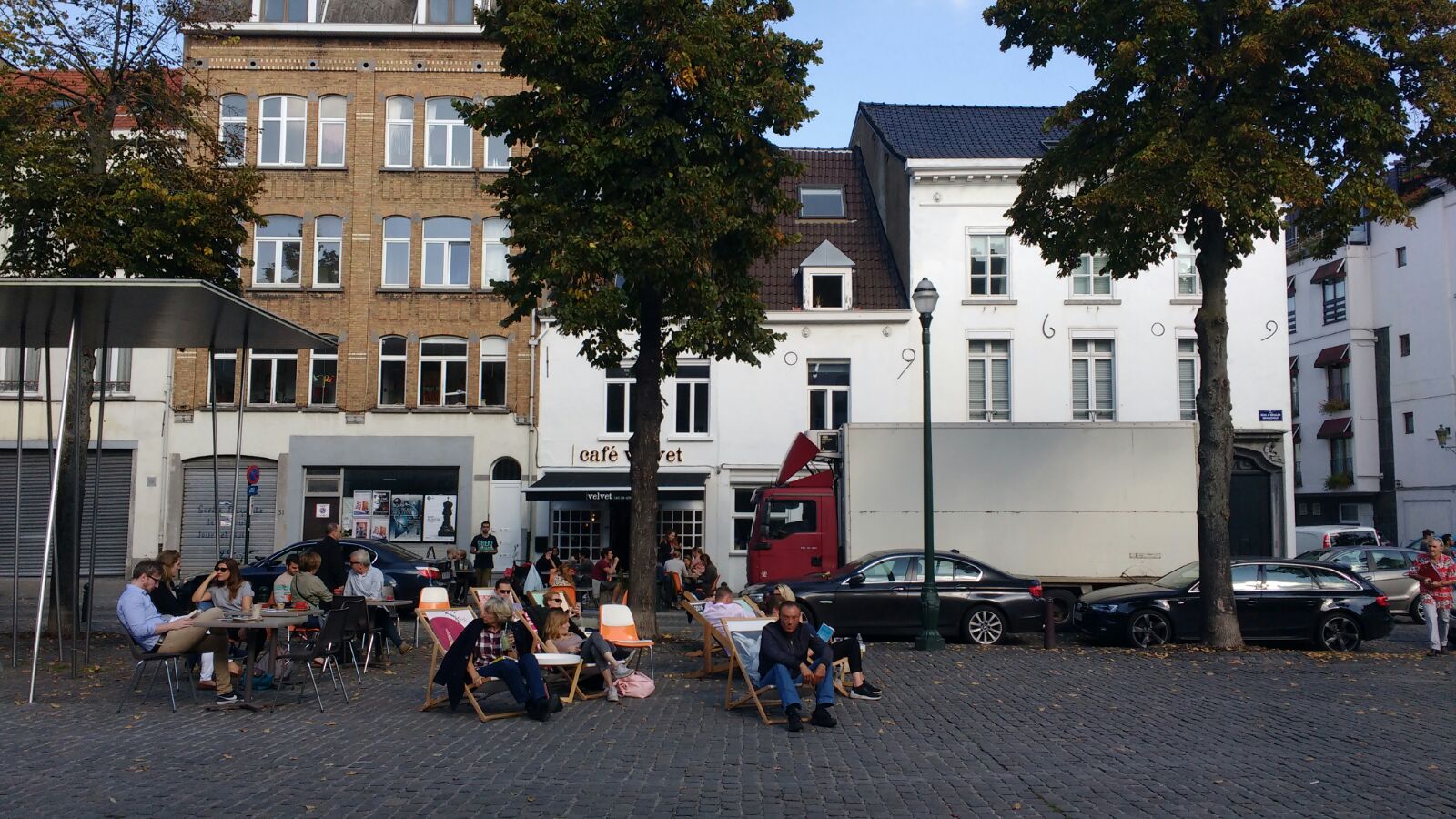
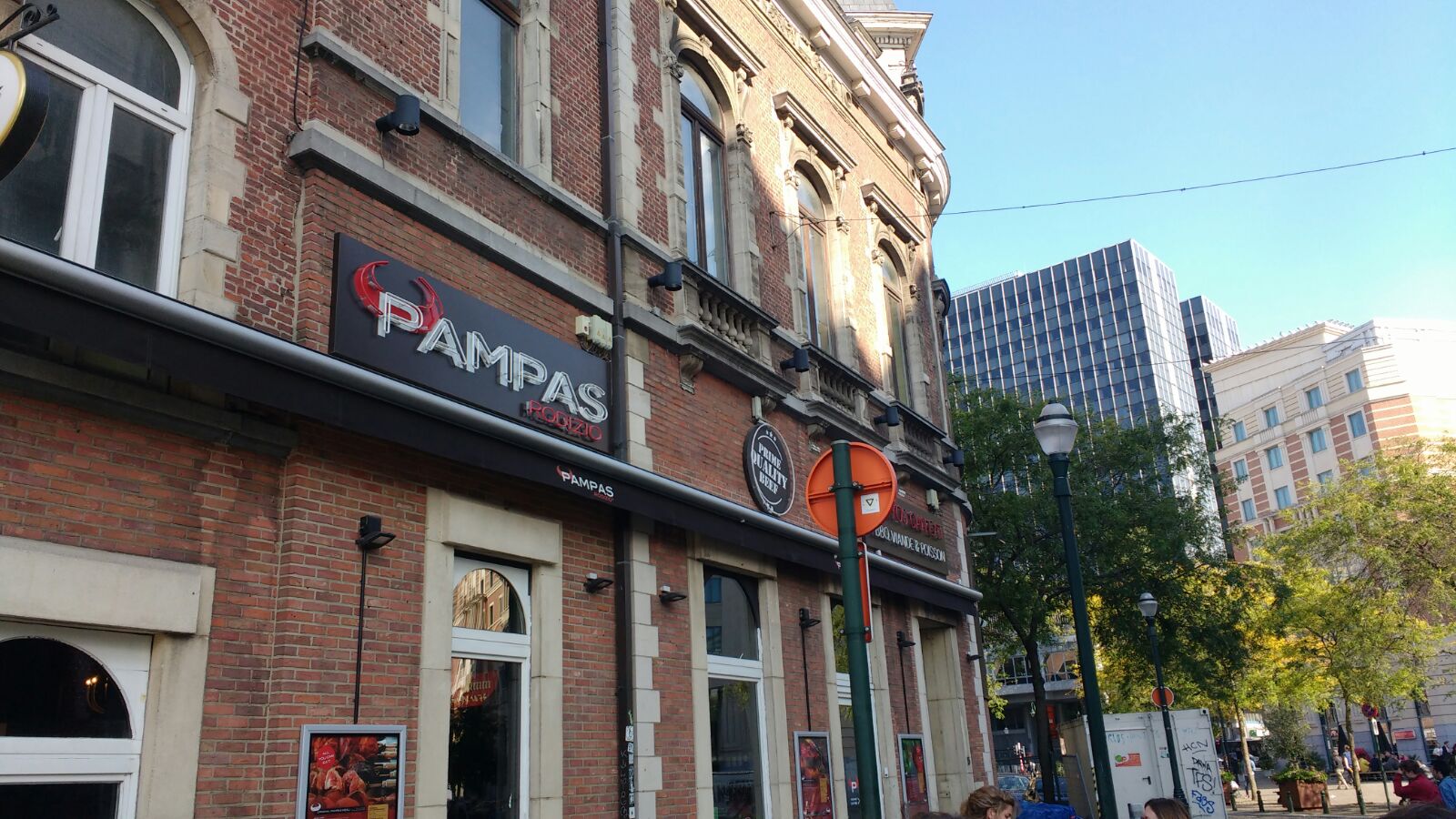
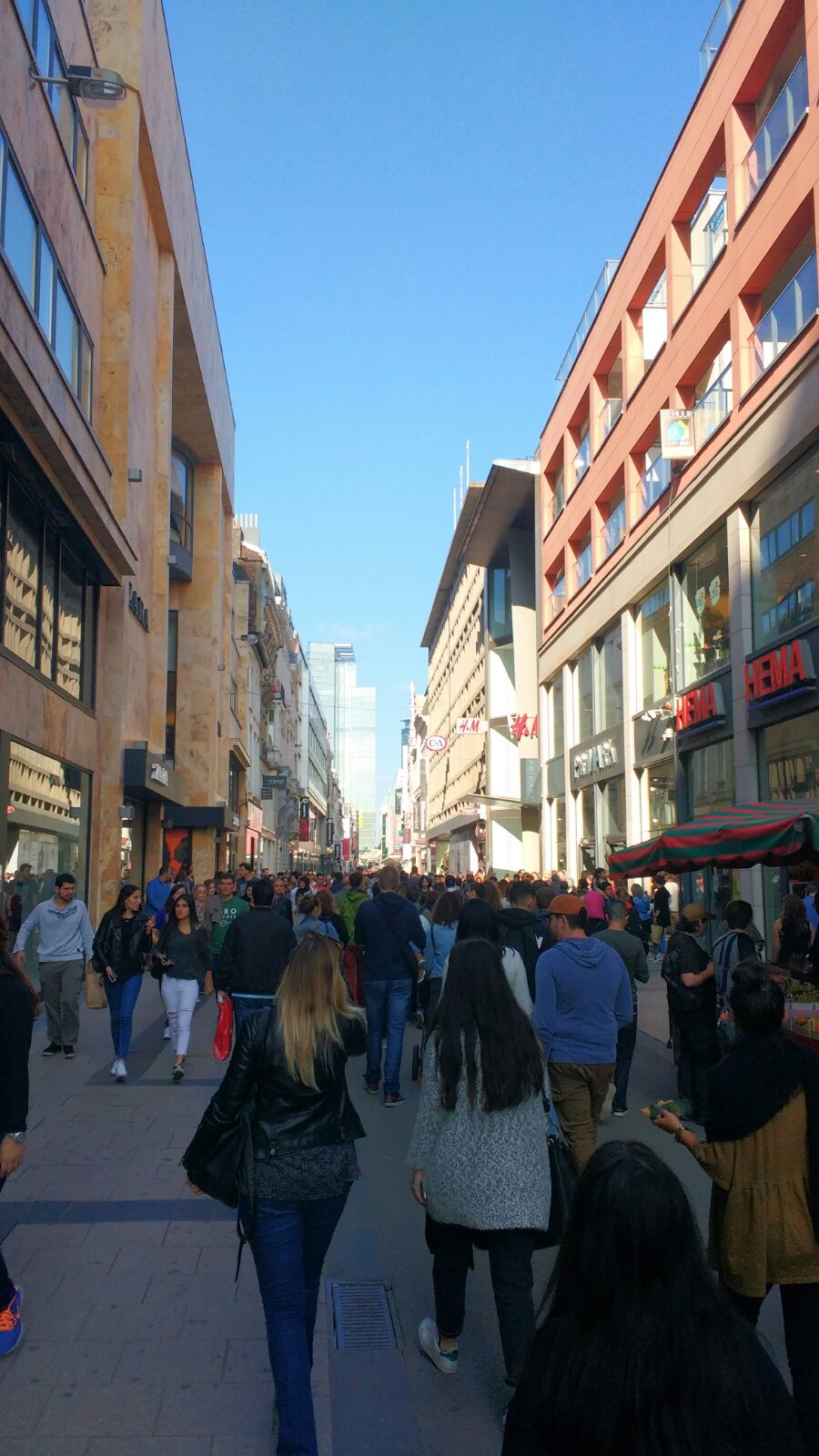
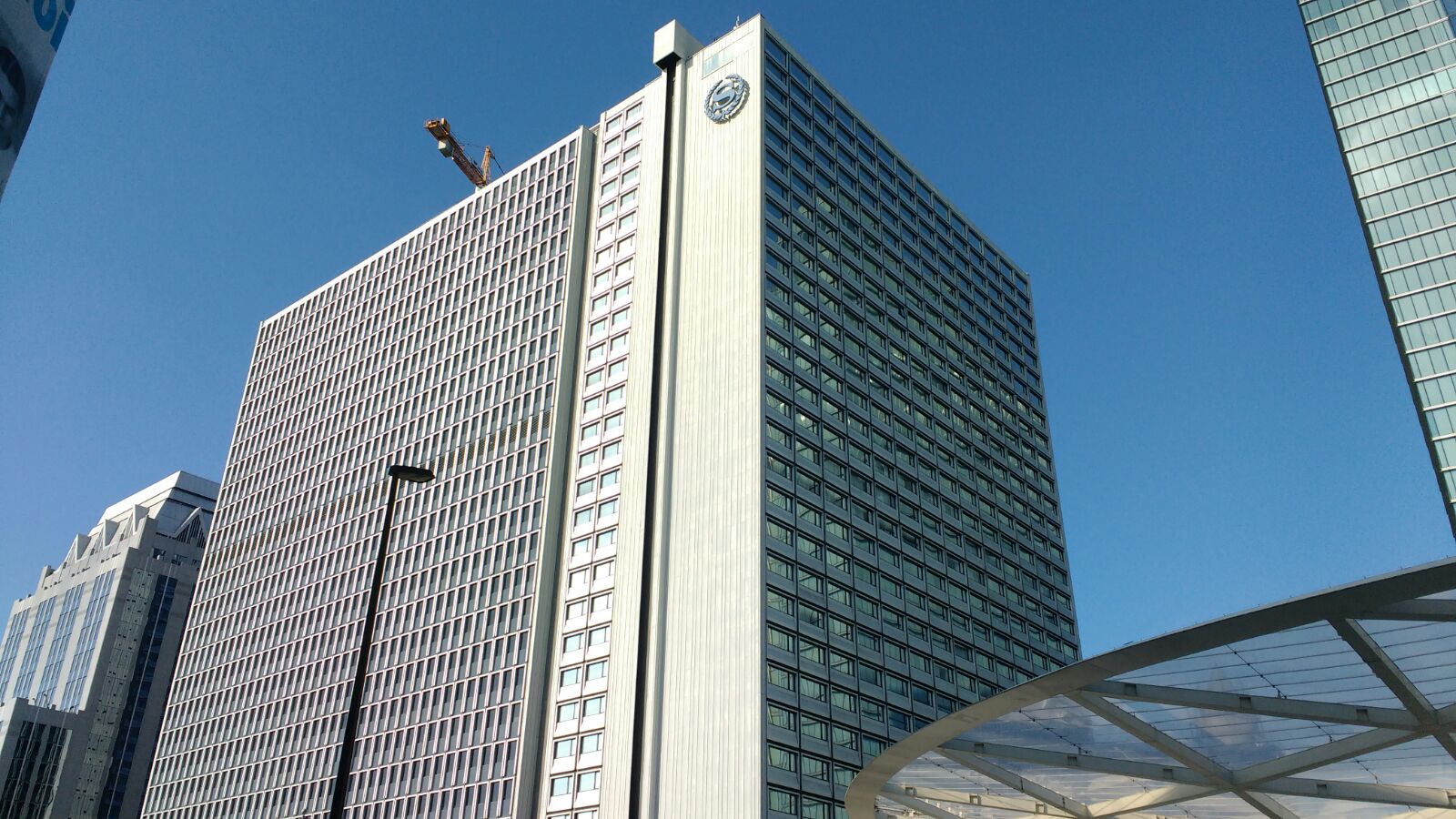
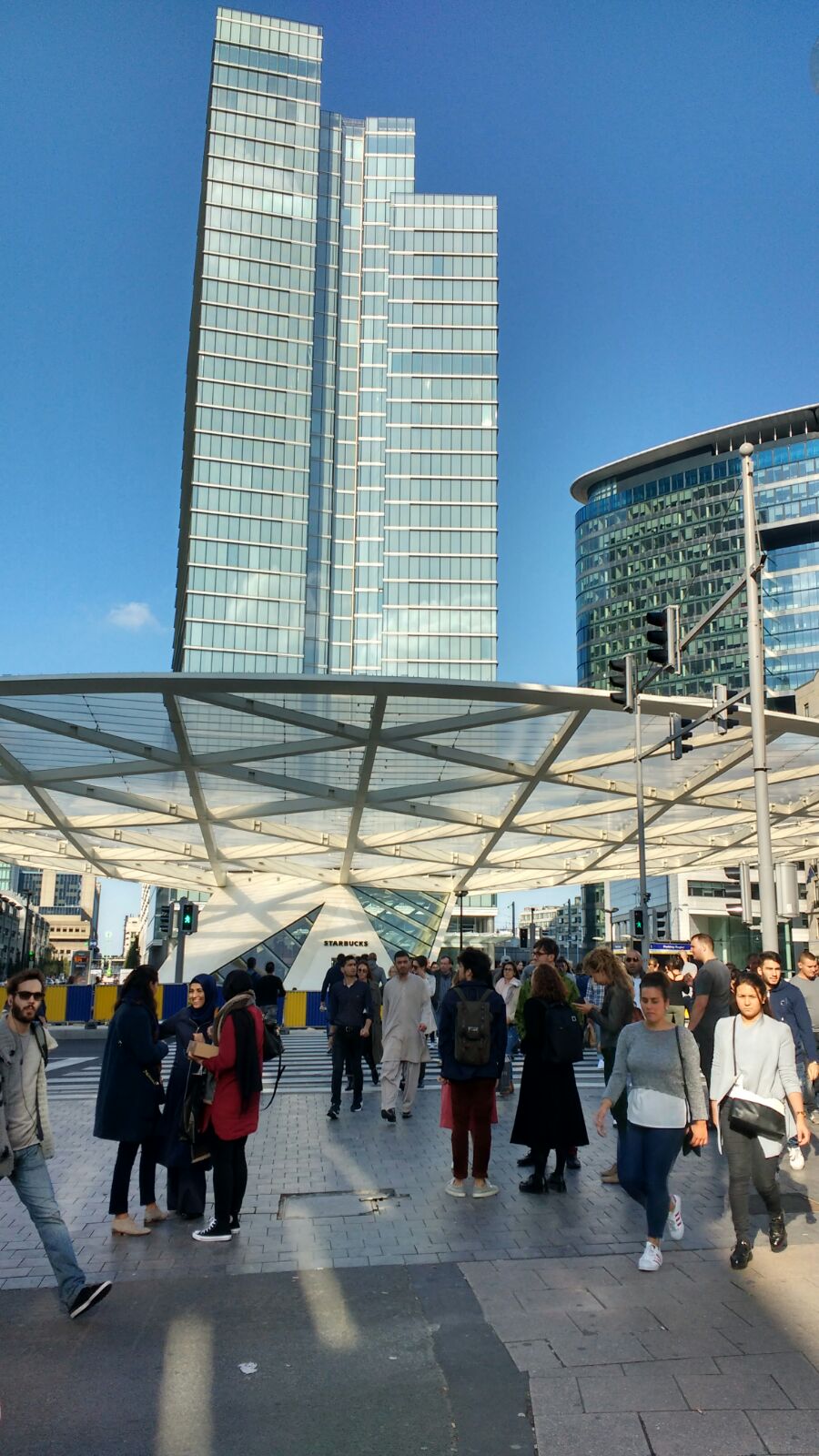
Notes on Finding Trude in Brussels:
04 Despina
- Harvey Ronan (Guide, Cohort 07), Lucie Rosset (C6), Adi Kuneva (C9), Roben Padasas (C10), Alejandra Rivera (C10)
“Despina can be reached in two ways: by ship or by camel. The city displays one face to the traveler arriving overland and a different one to him who arrives by sea.
“When the camel driver sees, at the horizon of the tableland, the pinnacles of the skyscrapers come into view, the radar antennae, the white and red windsocks flapping, the chimneys belching smoke, he thinks of a ship; he knows it is a city, but he thinks of it as a vessel that will take him away from the desert, a windjammer about to cast off, with the breeze already swelling the sails, not yet unfurled, or a steamboat with its boiler vibrating in the iron keel; and he thinks of all the ports, the foreign merchandise the cranes unload on the docks, the taverns where crews of different flags break bottles over one another’s heads, the lighted, ground-floor windows, each with a woman combing her hair.
“In the coastline’s haze, the sailor discerns the form of a camel’s withers, an embroidered saddle with glittering fringe between two spotted humps, advancing and swaying; he knows it is a city, but he thinks of it as a camel from whose pack hang wineskins and bags of candied fruit, date wine, tobacco leaves, and already he sees himself at the head of a long caravan taking him away from the desert of the sea, toward oases of fresh water in the palm trees’ jagged shade, toward palaces of thick, whitewashed walls, tiled courts where girls are dancing barefoot, moving their arms, half-hidden by their veils, and half-revealed.
“Each city receives its form from the desert it opposes; and so the camel driver and the sailor see Despina, a border city between two deserts.”
Notes on Looking for Despina in Brussels:
The text describes two voyagers arriving to Despina and approaching it from different sides (both physically, one sailor arriving through the sea and one camel driver arriving from the desert) both arrive to the same city but given their own perspectives and backgrounds see this place through different lenses.
The excerpt shows the contrasting views of the two: living different lives and yearning to be in the other’s shoes. This shows how a city can be re-imagined in different forms depending on the background of each person arriving to it.
Through the following pictures we attempted to capture the contrasting, but somehow converging and coexisting, dichotomy of the tall skyscrapers displaying luxury and wealth vs. the red light district only 200 meters away only separated by the Nord Station. People in these two very different worlds would approach and see the city from different lenses, just as the camel driver and the sailor do on Calvino’s text.
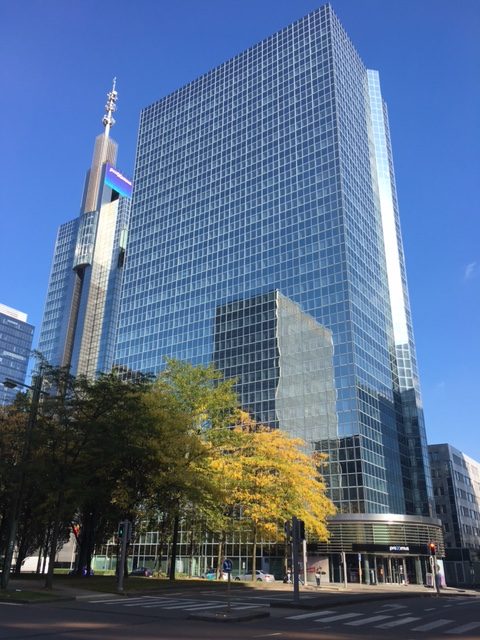
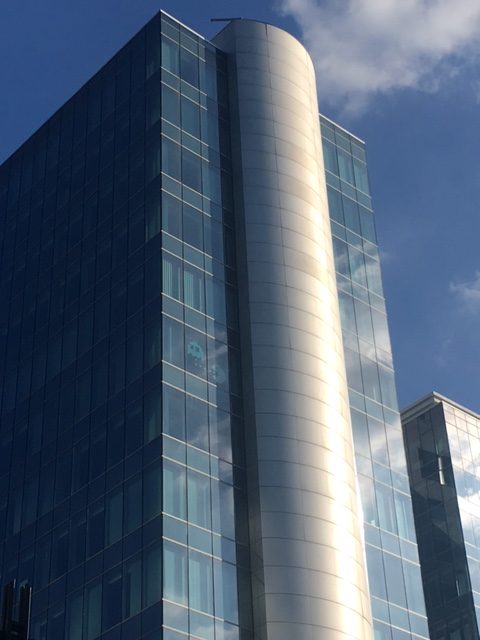



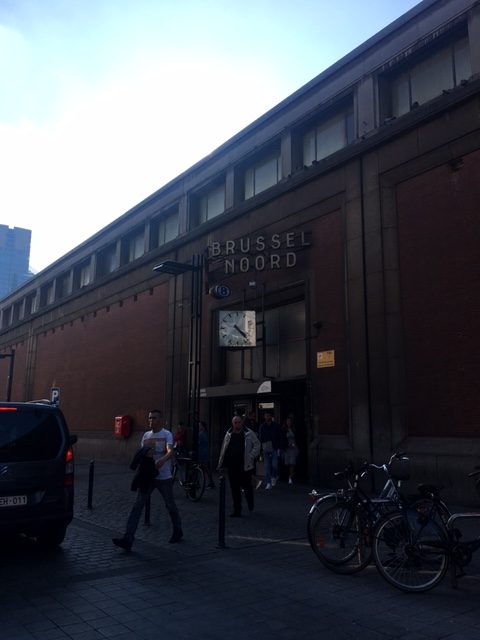
Sounds of Finding Despina in Brussels:
05 Leandra
- Predrag Milic (Guide, Cohort 07), Claudia Wilopo (C4), Maëlys Waiengnier (C6), Razvan Zamfira (C7), Alberto Manca (C10), Emma Hughes (C10)
Notes on Looking for Leandra in Brussels:
The true essence of Leandra is the subject of endless debate. The Penates believe they are the city’s soul, even if they arrived last year; and they believe they take Leandra with them when they emigrate. The Lares consider the Penates temporary guests, importunate, intrusive; the real Leandra is theirs, which gives form to all it contains, the Leandra that was there before all these upstarts arrived and that will remain when all have gone away.
The two species have this in common: whatever happens in the family and in the city, they always criticize. The Penates bring out the old people, the great-grandparents, the great-aunts, the family of the past; the Lares talk about the environment before it was ruined. But this does not mean they live only on memories: they daydream of the careers the children will follow when they grow up (the Penates), or what this house in this neighborhood might become (the Lares) if it were in good hands. If you listen carefully, especially at night, you can hear them in the houses of Leandra, murmuring steadily, interrupting one another, huffing, bantering, amid ironic, stifled laughter.
